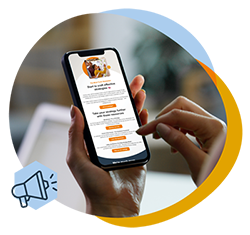-
Business Skills
-
Personal Development
-
Leadership and Management
- For your Business
- Mind Tools Store
- Podcast
- Newsletter
- About Us
- About Mind Tools Content
- Member Stories
- FAQ

Managers and leaders have been using Mind Tools for over 25 years
Now, 24 million learners globally benefit from our extensive Content Library, development tools, and custom learning experiences. See how Mind Tools for Business can help develop your managers and leaders.
Find out more
Discover something new today
Trending

How to Use AI as a Manager
Using artificial intelligence technology to support your team

What's Your Leadership Style?
Learn about the strengths and weaknesses of the way you like to lead
Popular
Burnout Self-Test
Check yourself for burnout
Body Language
Beyond words – How to read unspoken signals

Managers and leaders have been using Mind Tools for over 25 years
Now, 24 million learners globally benefit from our extensive Content Library, development tools, and custom learning experiences. See how Mind Tools for Business can help develop your managers and leaders.
Find out more
MAIN MENU
Business Skills
Personal Development


